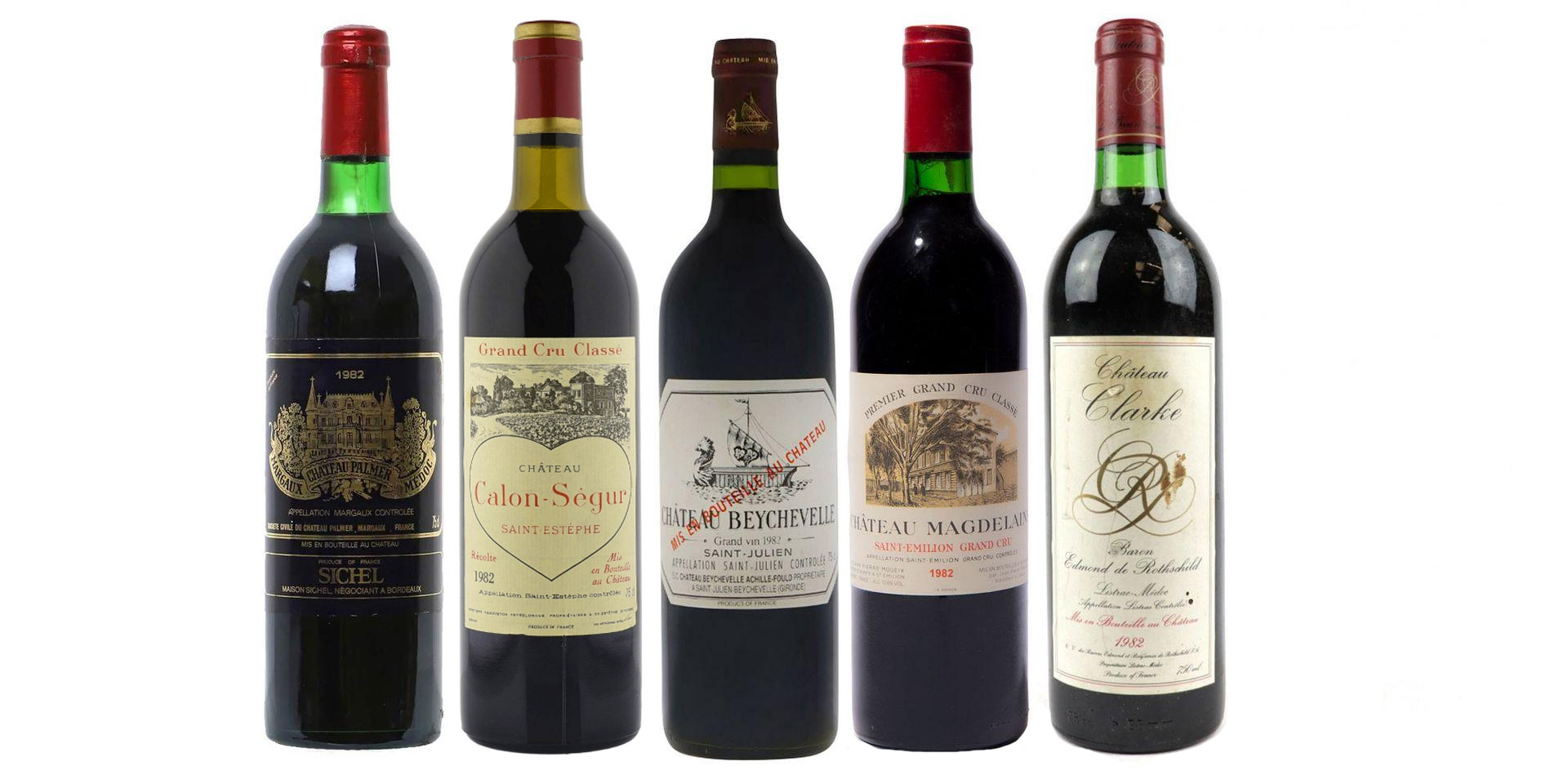What Are the Key Elements of Wine Appreciation?
Wine appreciation is an art that involves more than just drinking wine; it’s about understanding, savoring, and experiencing it in a way that enriches your enjoyment. Whether you’re a casual wine drinker or an aspiring connoisseur, knowing the key elements of wine appreciation can deepen your understanding and enhance your overall experience. Here are the fundamental aspects to consider.
1. Understanding Wine Varietals and Regions
A foundational aspect of wine appreciation is understanding the different types of wine varietals and the regions where they are produced. Wine varietals refer to the specific types of grapes used to make wine, such as Cabernet Sauvignon, Chardonnay, and Pinot Noir. Each varietal has distinct characteristics, flavors, and aromas.
Equally important is the region where the wine is produced. The terroir—a combination of soil, climate, and geography—significantly influences the taste and quality of the wine. For example, a Chardonnay from Burgundy, France, will have different flavor profiles compared to one from Napa Valley, California. Learning about these regions and how they impact the wine can give you a deeper appreciation for the diversity and complexity of wines.
2. The Art of Wine Tasting
Wine tasting is a sensory experience that involves sight, smell, taste, and even touch. Mastering the art of wine tasting can greatly enhance your appreciation for wine. Here are the key steps:
- Sight: Begin by observing the wine in your glass. Look at its color, clarity, and viscosity. The color can provide clues about the wine’s age, grape variety, and potential flavor profile.
- Smell: Swirl the wine in your glass to release its aromas, then take a deep sniff. Try to identify the different scents, such as fruity, floral, earthy, or spicy notes. The aroma of wine can be complex, with primary, secondary, and tertiary aromas developing as the wine ages.
- Taste: Take a small sip and let it linger in your mouth. Notice the initial flavors, how they develop, and the finish. Pay attention to the wine’s acidity, sweetness, tannins, and body. Each element contributes to the overall taste and balance of the wine.
- Touch: This refers to the wine’s texture or mouthfeel. Is it smooth, creamy, or astringent? The texture can affect your perception and enjoyment of the wine.
3. Food and Wine Pairing
An essential aspect of wine appreciation is understanding how to pair wine with food. The right pairing can elevate both the wine and the dish, creating a harmonious and enjoyable dining experience. Here are some basic principles to consider:
- Balance: Match the weight and intensity of the wine with the food. A light, delicate wine pairs well with lighter dishes, while a full-bodied wine complements richer, more robust dishes.
- Contrast and Complement: Pair wines and foods that either contrast or complement each other. For example, the acidity of a Sauvignon Blanc can cut through the richness of a creamy dish, while the sweetness of a dessert wine can complement a sweet dessert.
- Regional Pairings: Traditional regional pairings often work well, as the wine and food from the same region tend to complement each other naturally. For instance, an Italian Chianti pairs beautifully with a classic pasta dish.
Experimenting with different pairings and noting how they enhance or detract from the flavors can deepen your appreciation for both the wine and the food.
4. Recognizing Quality and Aging Potential
Being able to recognize the quality of a wine and its aging potential is a crucial element of wine appreciation. Quality wines typically have a balance of acidity, tannins, alcohol, and fruit flavors. They also exhibit complexity, with multiple layers of aroma and flavor that evolve over time.
Wines with good aging potential often have higher acidity and tannins, which act as natural preservatives. Understanding how wines age and develop can help you determine the optimal time to drink them. For example, a young Bordeaux may taste harsh and tannic but can develop into a smooth, complex wine after several years of aging.
5. Wine Culture and Etiquette
Appreciating wine also involves understanding the culture and etiquette that surrounds it. This includes knowing how to properly store, serve, and enjoy wine, as well as the social and historical context of wine drinking.
- Storage: Proper wine storage is essential for maintaining its quality. Store wine bottles on their side in a cool, dark place with a consistent temperature. Avoid exposing them to light, heat, or vibrations.
- Serving: The serving temperature of wine can significantly impact its taste. Generally, white wines are served chilled, while red wines are served at room temperature. Use appropriate glassware to enhance the wine’s aromas and flavors.
- Etiquette: Observing wine etiquette, such as properly holding the glass, not overfilling it, and respecting the social norms of wine drinking, can enhance your experience and that of those around you.
Understanding the history and traditions of wine can also deepen your appreciation. Wine has been an integral part of human culture for thousands of years, with each region and era contributing to its evolution. Learning about the stories behind the wines you enjoy can add an extra layer of enjoyment and connection.
Conclusion
Wine appreciation is a multifaceted journey that involves understanding wine varietals and regions, mastering the art of wine tasting, pairing wine with food, recognizing quality and aging potential, and embracing wine culture and etiquette. By exploring these key elements, you can develop a deeper appreciation for wine and enhance your overall enjoyment. Whether you are savoring a rare vintage or discovering a new favorite, the knowledge and skills you acquire will enrich your wine experience and create lasting memories.
Category
Have any Query? Feel free to drop a mail to us.










